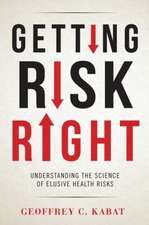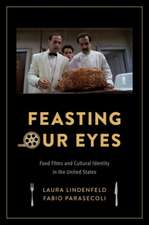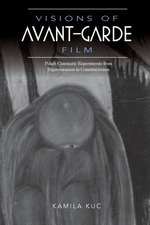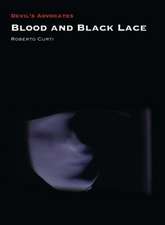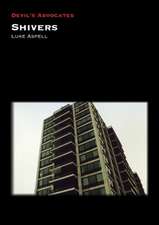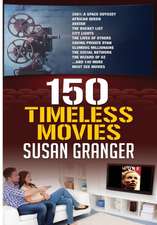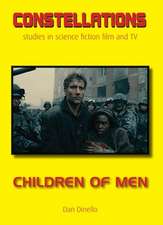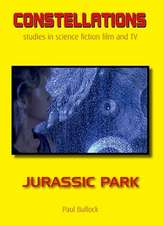Candyman
Autor Jon Towlsonen Limba Engleză Paperback – 14 mai 2018
Preț: 208.33 lei
Nou
Puncte Express: 312
Preț estimativ în valută:
39.87€ • 42.63$ • 33.24£
39.87€ • 42.63$ • 33.24£
Carte tipărită la comandă
Livrare economică 17 aprilie-01 mai
Preluare comenzi: 021 569.72.76
Specificații
ISBN-13: 9781911325543
ISBN-10: 191132554X
Pagini: 134
Ilustrații: 20 black and white
Dimensiuni: 139 x 189 x 9 mm
Greutate: 0.14 kg
Editura: Liverpool University Press
ISBN-10: 191132554X
Pagini: 134
Ilustrații: 20 black and white
Dimensiuni: 139 x 189 x 9 mm
Greutate: 0.14 kg
Editura: Liverpool University Press
Notă biografică
Descriere
Jon Towlson considers how Candyman might be read both as a "return of the repressed" and as an example of nineties neoconservative horror. He traces the film's origins as a Clive Barker short story; discusses the importance of its real-life Cabrini-Green setting; and analyzes its appropriation and interrogation of urban myth.

